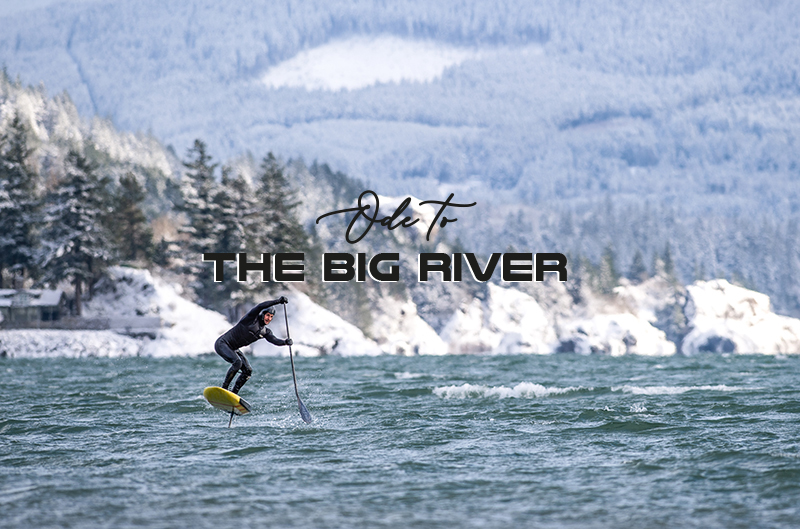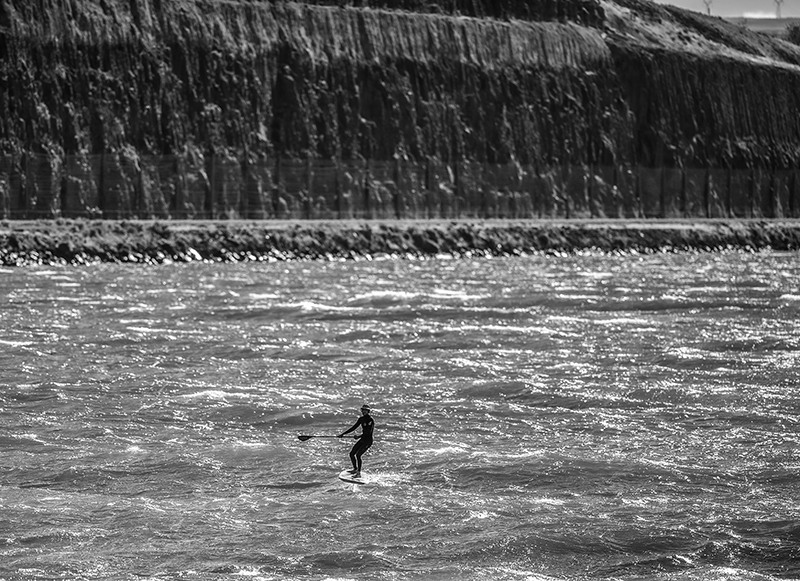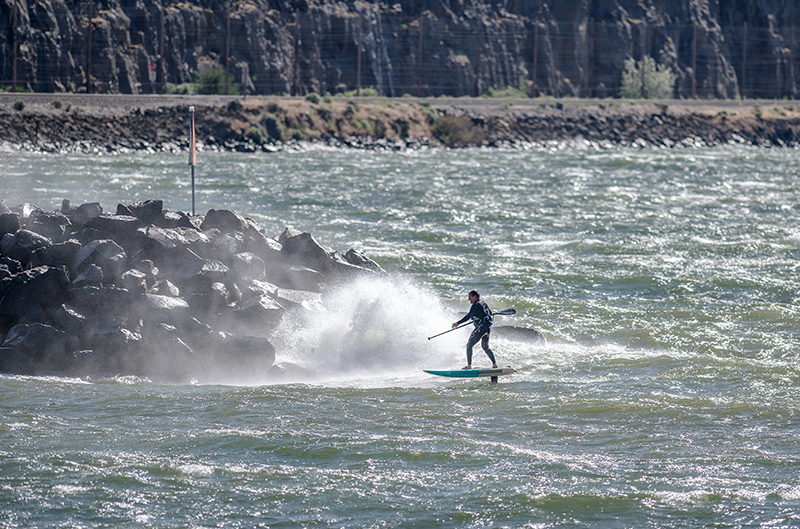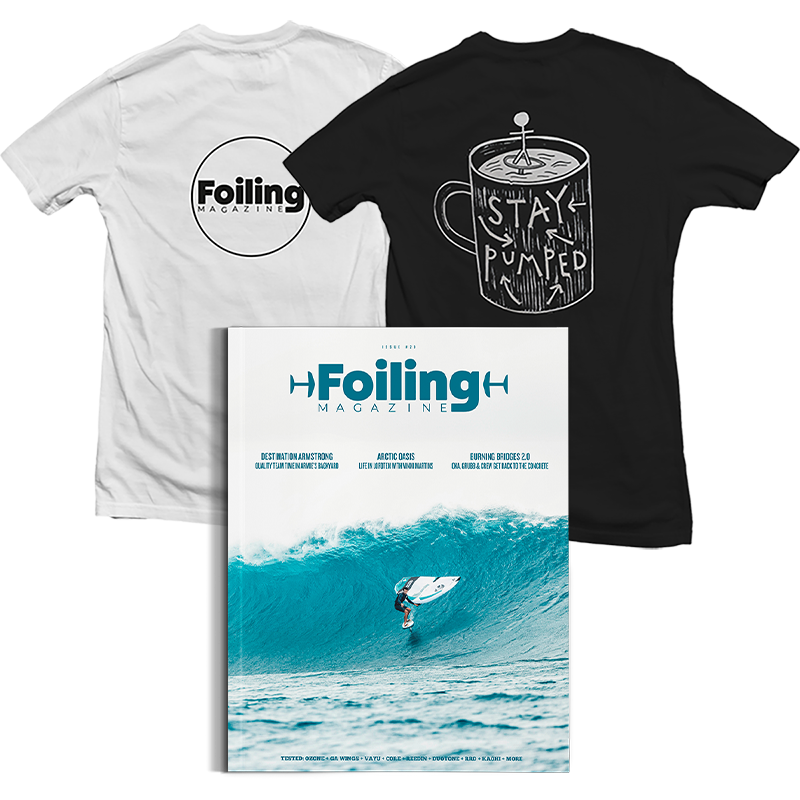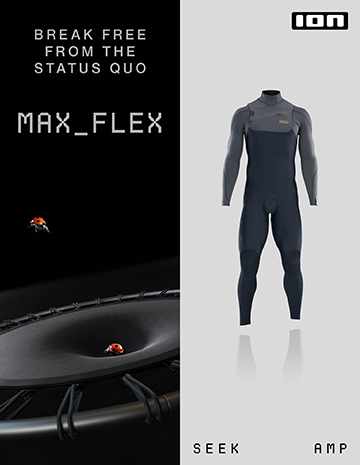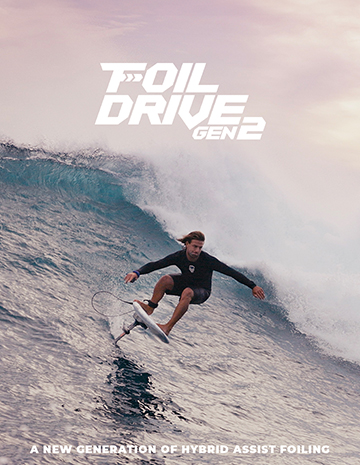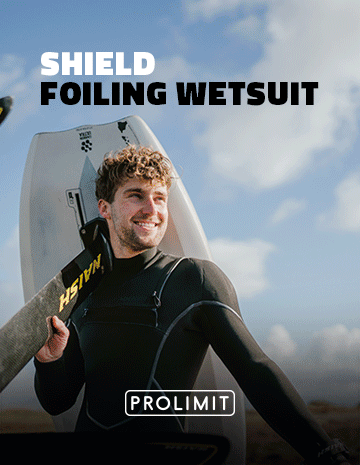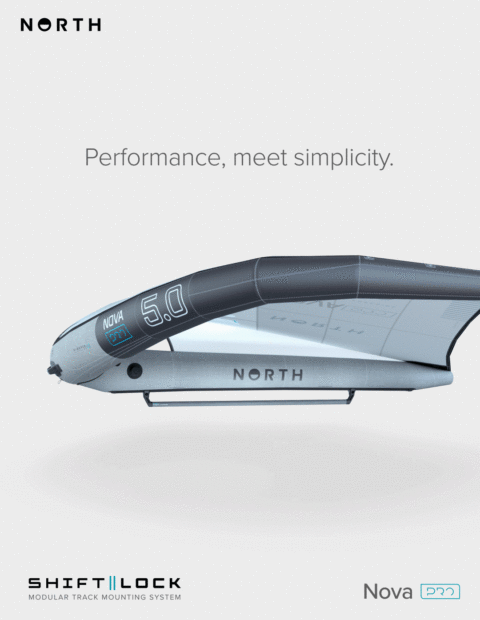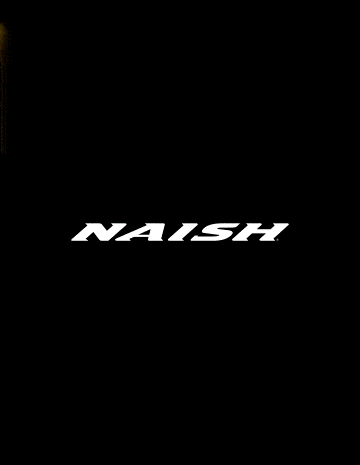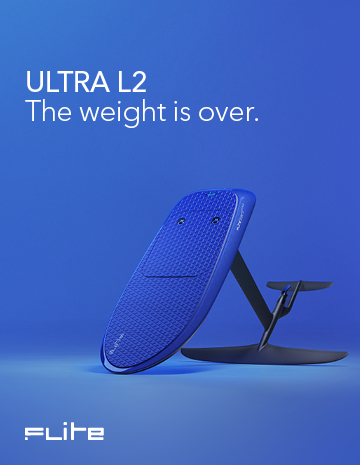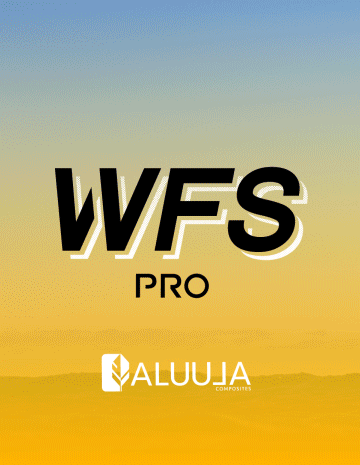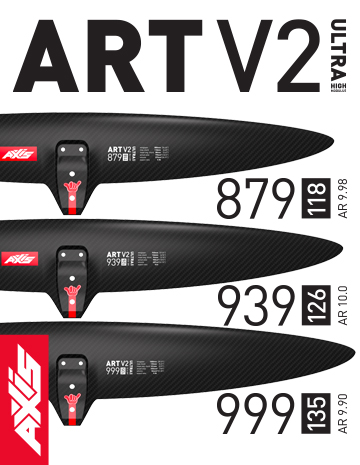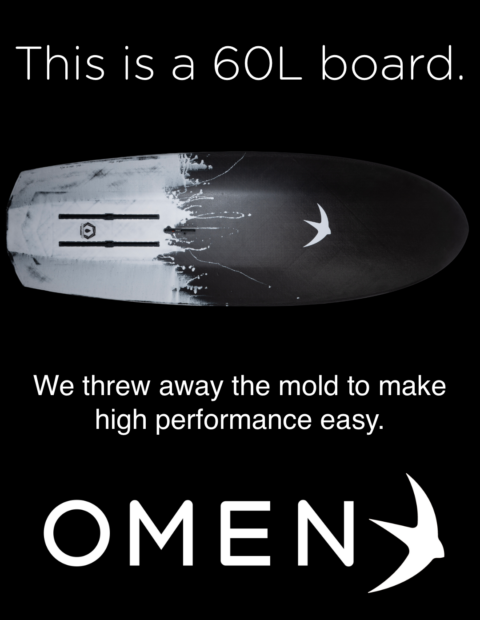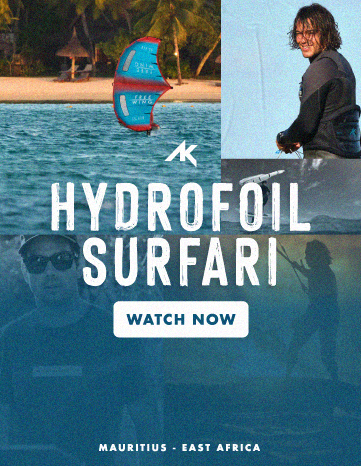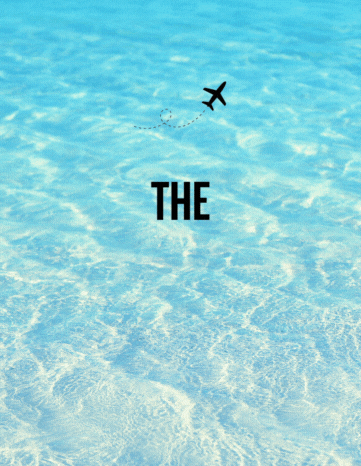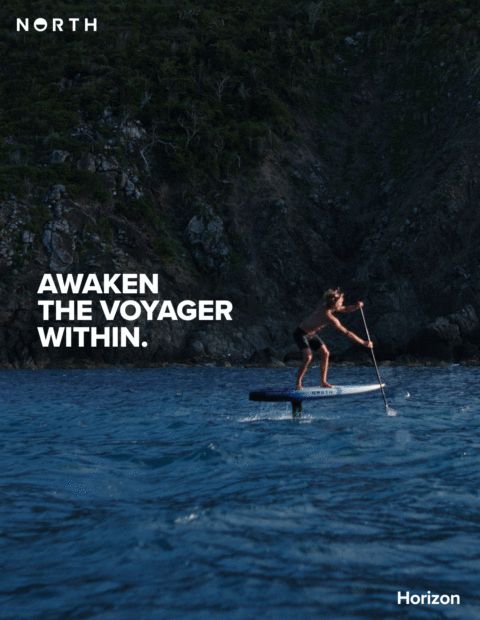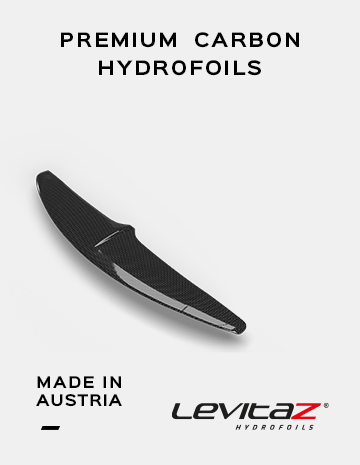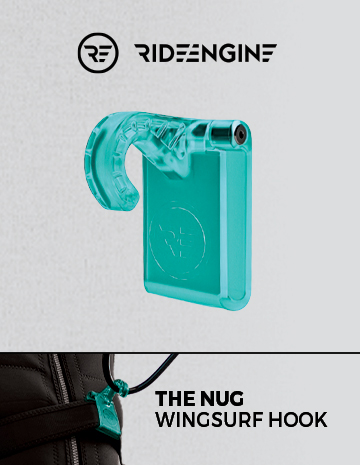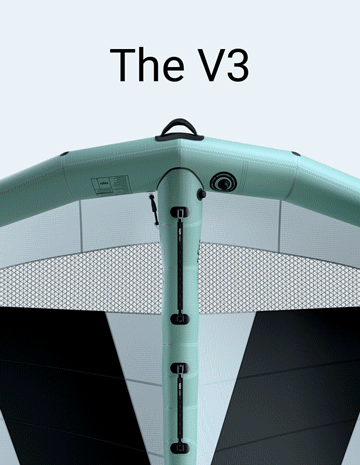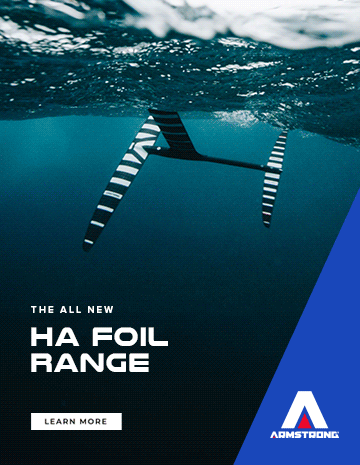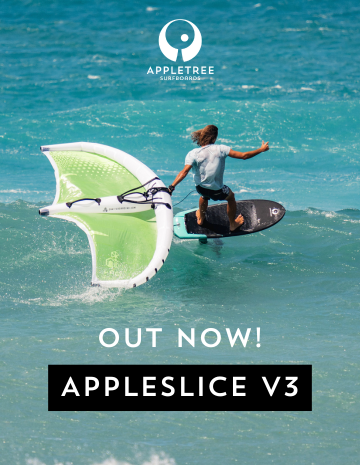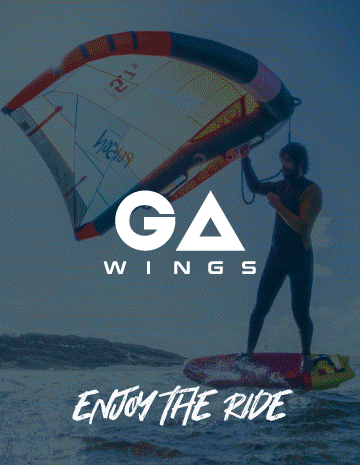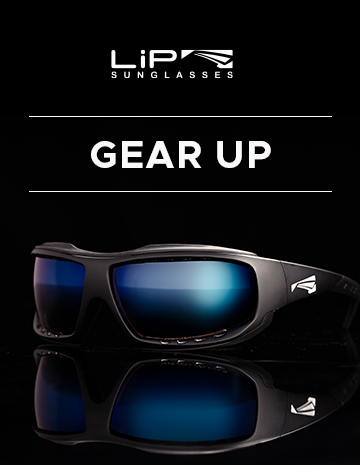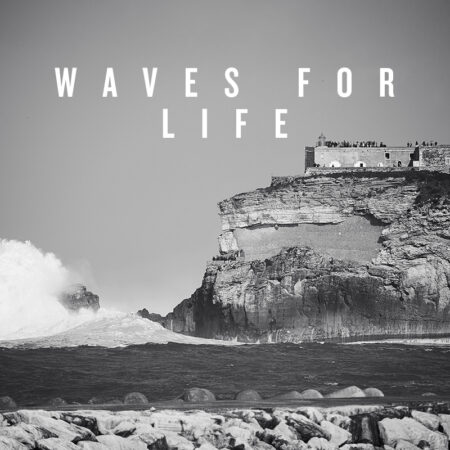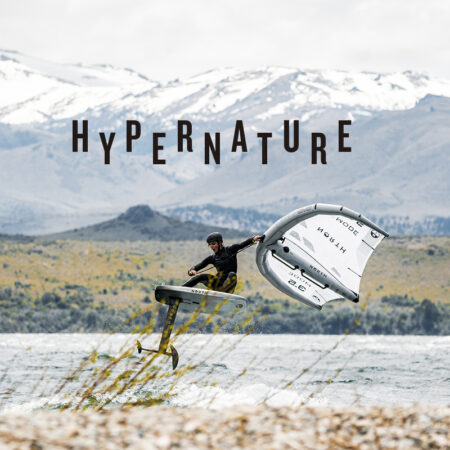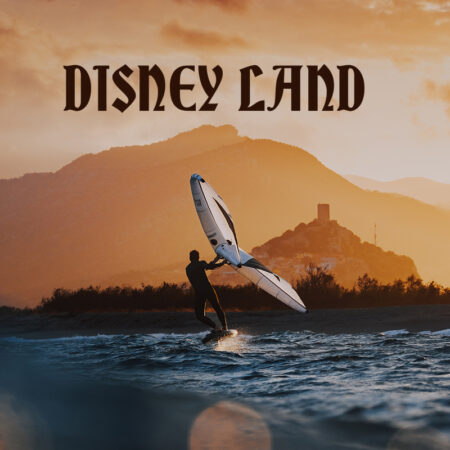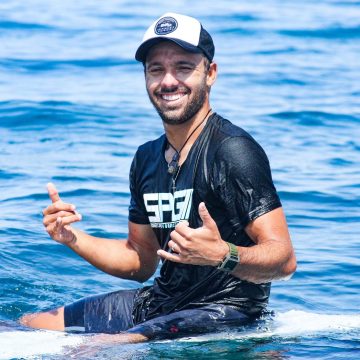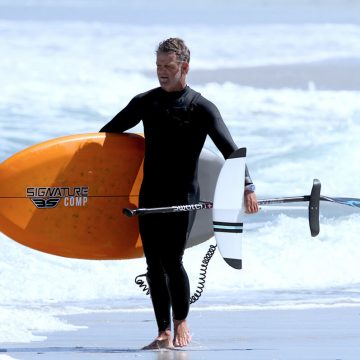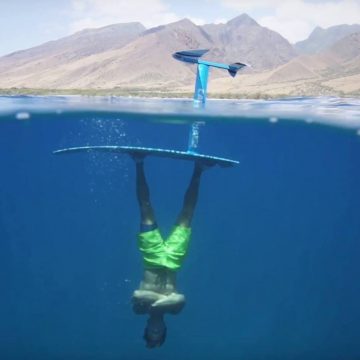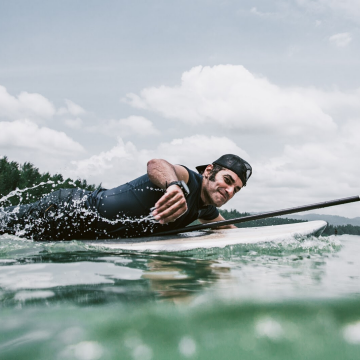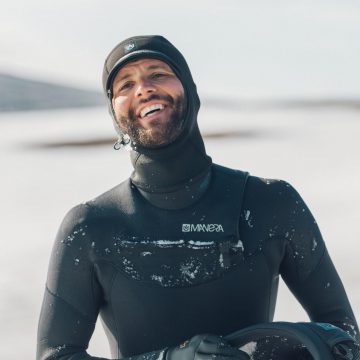The deep time formation of the Gorge built a river that creates consistent and rideable swell for almost six months of the year. Its fetches are long and the river is wide – a mile in places. A predominantly westerly breeze blows against the current, making for steep, short-period waves somewhere in between a beach break and rolling swell. Powerful bumps and access to numerous downwind runs of various lengths make this stretch of river a learner’s paradise and much less intimidating than most ocean downwinders. My own progress for the first three years was pretty meager, consisting mostly of a one-hour, one-mile slog from Swell City to The Hatchery on the north shore of the river. As I later found out from my windsurfer friends, I wasn’t the only one who wondered whether I ever would get it. It wasn’t until the summer of 2020 when I started wing foiling that my progression on the SUP foil really advanced. Winging helped me accumulate the hours on foil I needed to turn short glides and exhausting micro-runs into viable downwinders.
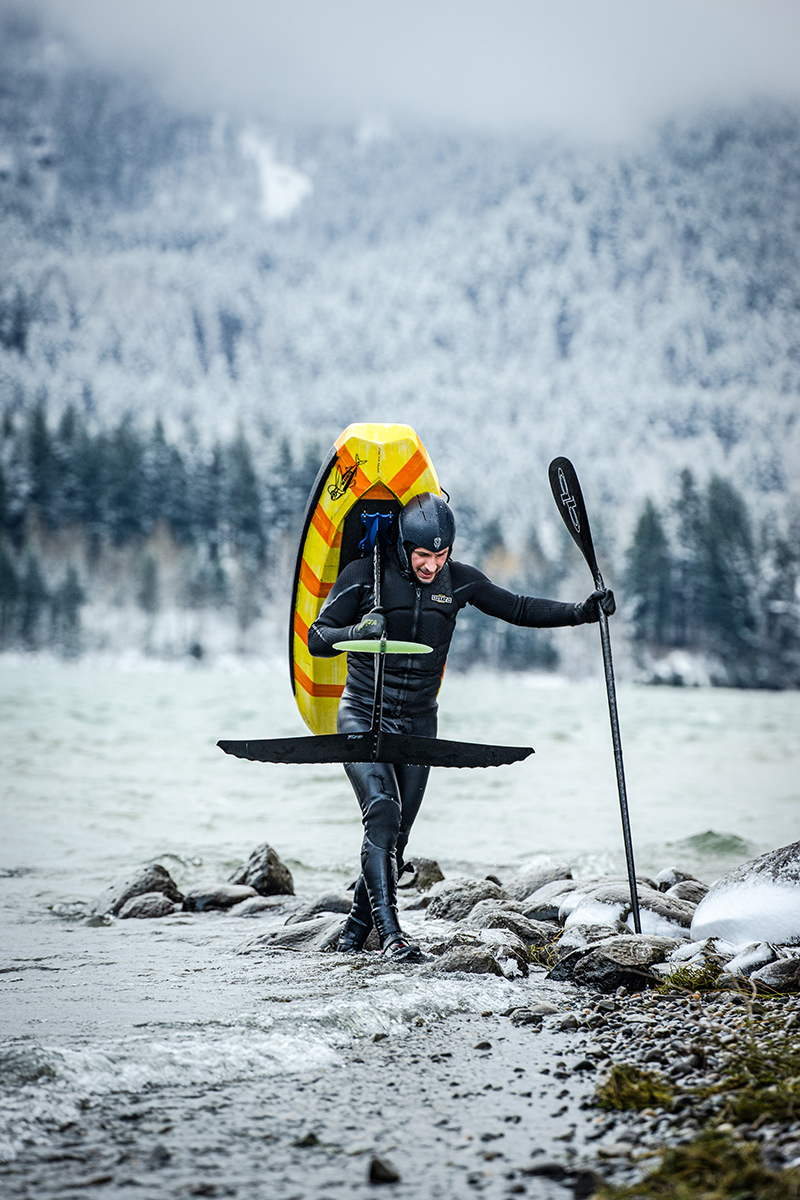
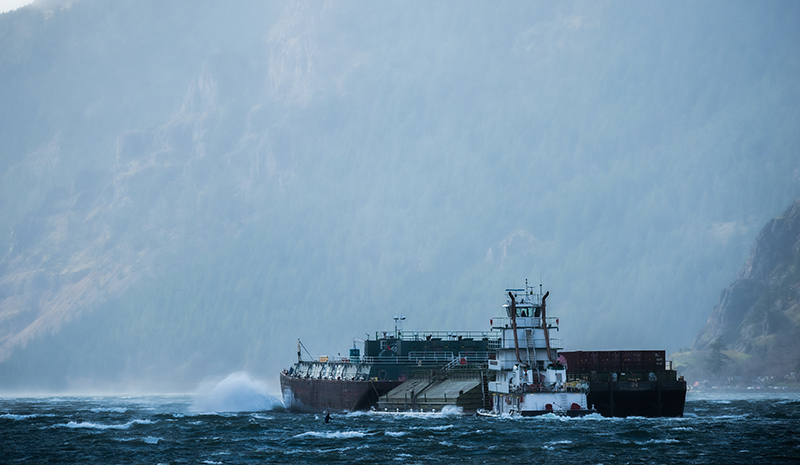
In early 2021, I foiled both the Maliko and Kihei downwinders on Maui. Maliko is a beast when big groundswell rolls through, and so it was during my first experience there. Those waves are long-period, rolling, and really fast. You have to use the wind swell that percolates on the groundswell to take-off. The problem is, these bumps are often shooting off in different directions, an unlikely challenge on the Columbia. Kihei is more similar to my conditions back home, and it was interesting to compare the two back-to-back last January. My takeaway was that the short period swells of the Gorge are easier to stay on and link than the undulating, fast-moving groundswell on Maui’s North Shore. My first Maliko attempt took 3.5 hours, which was largely thanks to the fact that I snapped my paddle blade only a third of the way down the run. I’ll never forget Dave Kalama looking at my paddle as we loaded for the shuttle and saying, “Hey man, you’ve got a crack in this blade!”. “I know, it’s been that way all week,” I replied. Dave looked at me, knocked his head like wood, and we both laughed. But even my first fully functional Maliko run a few months later still took me over two and half hours. A surf break is definitely not the open ocean, and I’ll never go out in it again without a thorough gear check and 100% fully functioning gear. When I got back to Oregon, May and June were solid months of riding and learning. I quickly progressed from half to one mile rides in May, to two-to-three miles in June, and then in July started staying up on foil for full eight-and-a-half-mile Viento runs. Those challenging and humbling experiences boosted my progression. What doesn’t kill you makes you stronger.
Although it might not appear as perilous as the ocean, the Columbia River is formidable and warrants its own kind of respect and fear. We lose a few people to the current, heavy air and cold each year. Some underestimate the risks, others just have bad luck. Good for us locals, the Columbia is generally a manageable wave park that operates on the long summer days from dawn to dusk, creating perfectly connectable knee to shoulder high bumps. But on some days, and especially the ones out east in fall and spring, a formidable version of the Columbia River bares its teeth.
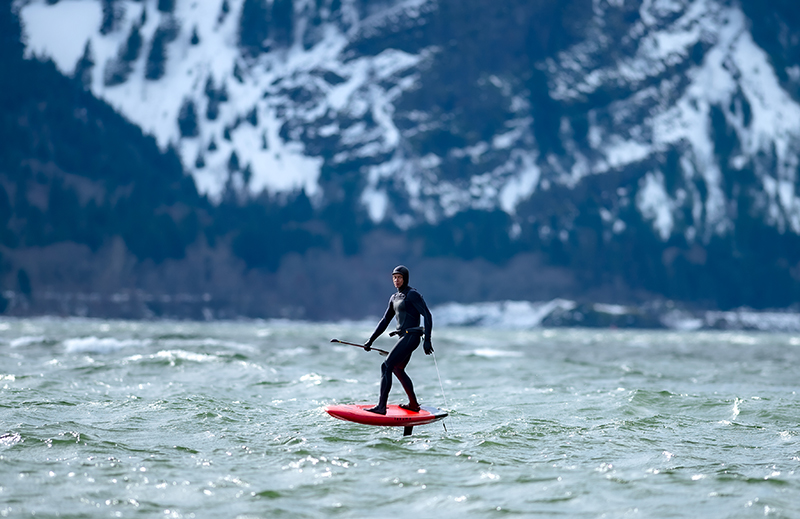
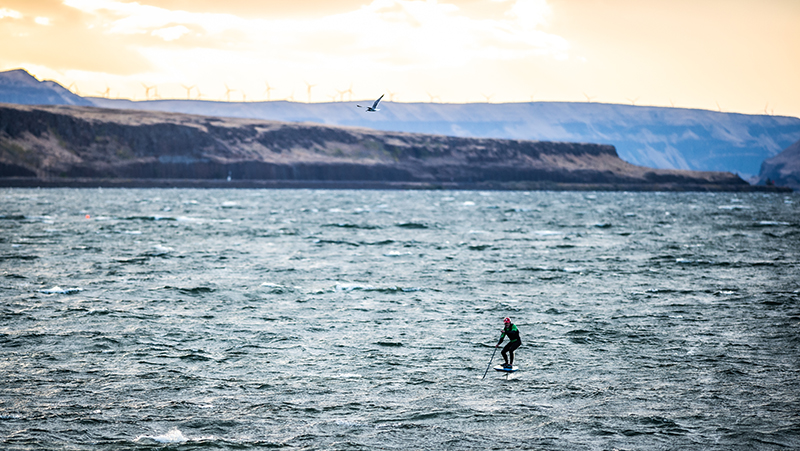
Summer is over when the eagles start to crowd the shores of the tributaries, squabbling over decayed remains of spawned-out salmon. The water gets colder and it’s time to break out the short suit. That being said, summer does not leave with a whimper. Strong Pacific frontal systems, atmospheric rivers that drop 43 inches of rain per year in Portland, yield to the Cascade Range at Hood River, which receives half the annual rainfall. And, if the setup is right, the windline moves out east to Rufus and Arlington where giant swells line up all the way across the river on miles-long fetches like ocean swell, driven by 30-50 mph wind, usually under sunny skies. By this time, a 3/2 or even 4/3 is the suit of choice. The shoulder seasons help the transition into winter, which would otherwise be painful given the 70/40 degree air and water temperature swing. It’d be tough to go from hot summer days straight into the cold – I don't think there's a sane person who would willingly do it.
Fortunately, the sensations and the endorphin buzz are still there in the winter. Turning, pumping, and connecting swell seems the same to me, but winter requires unique preparation, gear, and understanding of the weather. It takes a while, but with trial and error I’ve found what works – I use articulated kayak mittens and 6mm booties. I also wear a very floaty impact vest which adds more weight, but better safe than sorry. A lot of foilers add an inflatable or full PFD. I wear a helmet as well because you don’t want to get knocked out in 38-degree water. The river also contains debris from tributaries, and after big weather events (usually when it is windiest), I’ve seen floating docks and telephone poles. And yes, the weather is different, and not just temperature and rainfall/snow – the wind can turn on and off inside an hour. So, if you want to get a session in, you must be ready, willing and able to move right when a frontal system arrives. You’ll also hear a lot of discussion on the internet and amongst foil friends about the effect on foil flight of water temperature, salinity, current relationship to wind, and so on. One theory is that cold slows the foil, and this may be true. What I can say with confidence is that a soaked 4.5/3.5 wetsuit, impact vest, booties and gloves are heavy, and that without question this gear makes popping up harder. It’s like putting on a 20+ pound weight vest. The bottom line is that the right gear and good decisions generally make it safer and more fun on the water.
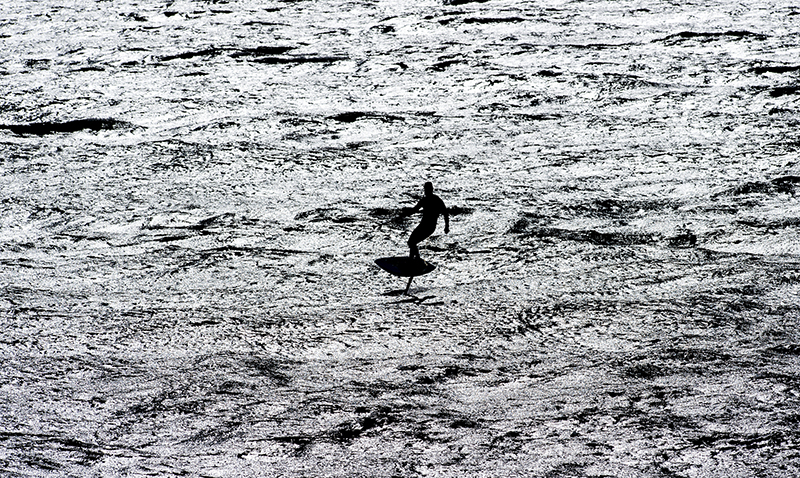
There’s definitely a psychological aspect to winter foiling. The routine is easy and comfortable when it’s nice and warm, but the first cold winter day is a bit like traveling to a new break and paddling out – it incites some doubt and uncertainty. New places and the road to get there entail risk, and seasons are like that too. Winter in the Northwest, and especially in the Columbia River Gorge, is a sharp contrast to the 90-degree air and 75-degree water of summer. Foiling on those short winter days under inversions and amid snow and ice storms is something you do when it’s all you’ve got. Mostly it winds up being fun, or at least gratifying, and it helps get you through the darkest months of the year.
I wound up finishing this story from a lovely perch above San Juanillo, Costa Rica, where I’m getting a little reprieve from the three-feet of snow that dropped on Hood River last week. It turns out going somewhere warm offers a legitimate dose of perspective. While I’m grateful to have the river even in winter, I still get the itch to escape from it around January. When I get back from Costa Rica, I’ll load my van with my now dried wetsuits, board, foils, and paddle, and I’ll wait for that Pacific soaker to churn up the River and provide us with more cold water fun…
Now subscribe to the world's best foiling magazine!
To get the latest premium features, tests, gear releases and the best photojournalism in the world of foiling, get yourself a print subscription today!

























